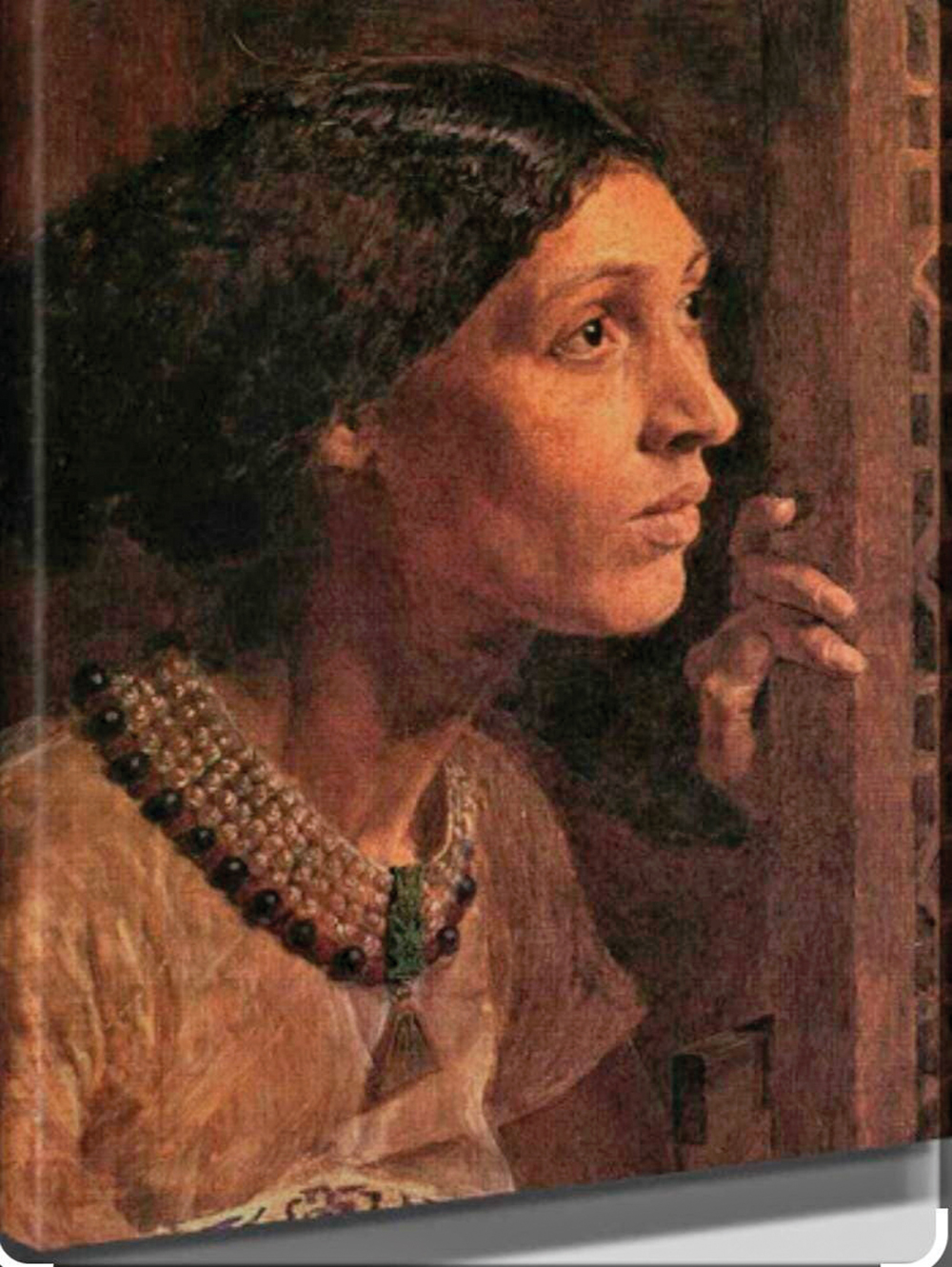I would like to share a powerful and inspiring article that touches on deep themes of Jewish history, redemption and the symbolism of the shofar—a speech given by Rav Kook just days before Rosh Hashanah in 1933, at the Churva Synagogue in Jerusalem. In his remarks, Rav Kook quotes a sermon delivered by Rav Yehuda HaChasid on Rosh Hashanah, in 1344. The backdrop of Rav Kook’s speech was a world in turmoil: Adolf Hitler had risen to power, and the Jewish people were in the midst of the Fifth Aliyah (1929-1939), sometimes referred to as the “German Aliyah,” during which between 250,000 and 300,000 Jews immigrated to Eretz Yisrael.
In this context, Rav Kook connects the concept of Geula (redemption) and aliyah to the sound of the shofar—the instrument of awakening. Rav Saadia Gaon explained that the shofar symbolizes 10 key ideas, including teshuva (repentance), redemption and the ingathering of the exiles. Rav Kook draws upon the prophecy of Isaiah (27:13):
והיה ביום ההוא יתקע בשופר גדול ובאו האובדים בארץ אשור והנדחים בארץ מצרים והשתחוו לה’ בהר הקודש בירושלים
“And it shall come to pass on that day that a great shofar will be blown, and the lost in the land of Assyria and the outcasts in the land of Egypt shall come and bow to God on the holy mountain in Jerusalem.”
We echo this prayer in the Rosh Hashanah service:
אלהינו ואלהי אבותינו תקע בשופר גדול לחירותנו …
“Our God and the God of our fathers, blow a great shofar for our freedom … ”
Rav Kook identifies three levels in the shofar of redemption, which parallel the different types of shofarot used in Jewish law (שולחן ערוך ארוח חיים תקפ”ו א):
**The Great Shofar (שופר גדול)**—This is the highest level—symbolized by the ram’s horn—which represents the ultimate, spiritual call to redemption. It is also known as the Moshiach’s shofar. It is the shofar of those people who—throughout history—have yearned to return to the land of Israel out of a desire to fulfill their divine purpose. Rav Kook notes that this great shofar has been heard in movements such as the Chassidei Ashkenaz, the students of the Vilna Gaon (Gra), the Baal Shem Tov and many others who dedicated themselves to rebuilding Eretz Yisrael. This is the shofar of a people who wish to fulfill their mission, which can only be accomplished in the holy land.
**The Medium Shofar**—This shofar represents a weaker connection to holiness, but still originates from a healthy, natural desire to live as a free nation. It also has a level of holiness. It symbolizes the secular, nationalist movements that sought to build the land of Israel not necessarily out of religious fervor, but from a basic human desire for independence and dignity. Rav Kook explains that this type of shofar—while not as exalted as the great shofar—is still valid and holy in its own way. As he says, “In retrospect, all shofars are kosher.”
**The Small Shofar**—The lowest level of shofar—akin to one made from an unclean animal, or one used for idol worship. It is still capable of being blown if no kosher shofar is available. This shofar represents the situation in which neither the holy inspiration of redemption nor the natural national desire for freedom is present. Instead, external forces—Israel’s enemies—sound this shofar, stirring Jews to action through persecution and suffering. Rav Kook draws a parallel to the tragedies inflicted by figures like Amalek, Titus and Hitler, whose acts of cruelty forced even the most disconnected Jews to awaken and seek redemption. Though this shofar is impure, even its sound—Rav Kook argues—serves as a catalyst for the Jewish people’s return to the land. However, no blessing is recited over such a shofar, as “anything that is a kind of curse is not to be blessed,” (Mishna Brachot 64).
Rav Kook’s message is both profound and timeless. He prays that we will not need to hear the sound of the impure shofar again—that redemption will come not through suffering, but through holiness and a deep connection to God. He calls on us to strive for the great shofar, one that comes from the depths of the Jewish soul and its sanctity.
As we approach Rosh Hashanah, may we all pray: “Blow a great shofar for our freedom”—a shofar that will bring complete and final redemption. May we merit to hear the great sound of the holy great shofar on Rosh Hashanah, and may it herald the coming of our ultimate redemption and inspire us to consider aliyah.
Rabbi Paul Bloom lives in Jerusalem with his wife, Ettie. He is on the Board of Directors of the NY Israel Chamber of Commerce and is the Head of the Israel Inspiration Initiative. He is a retired executive from IBM.









